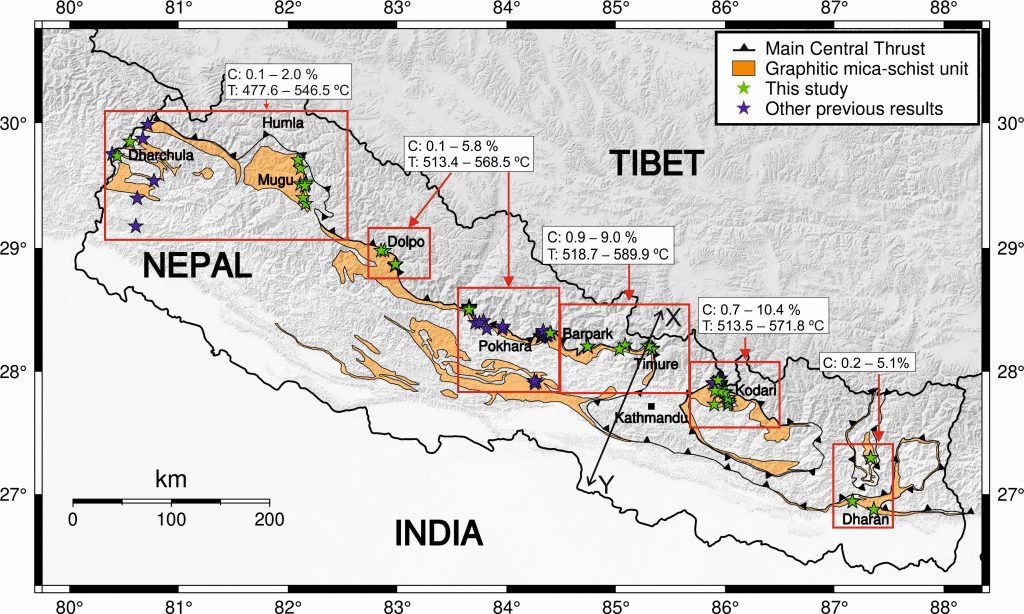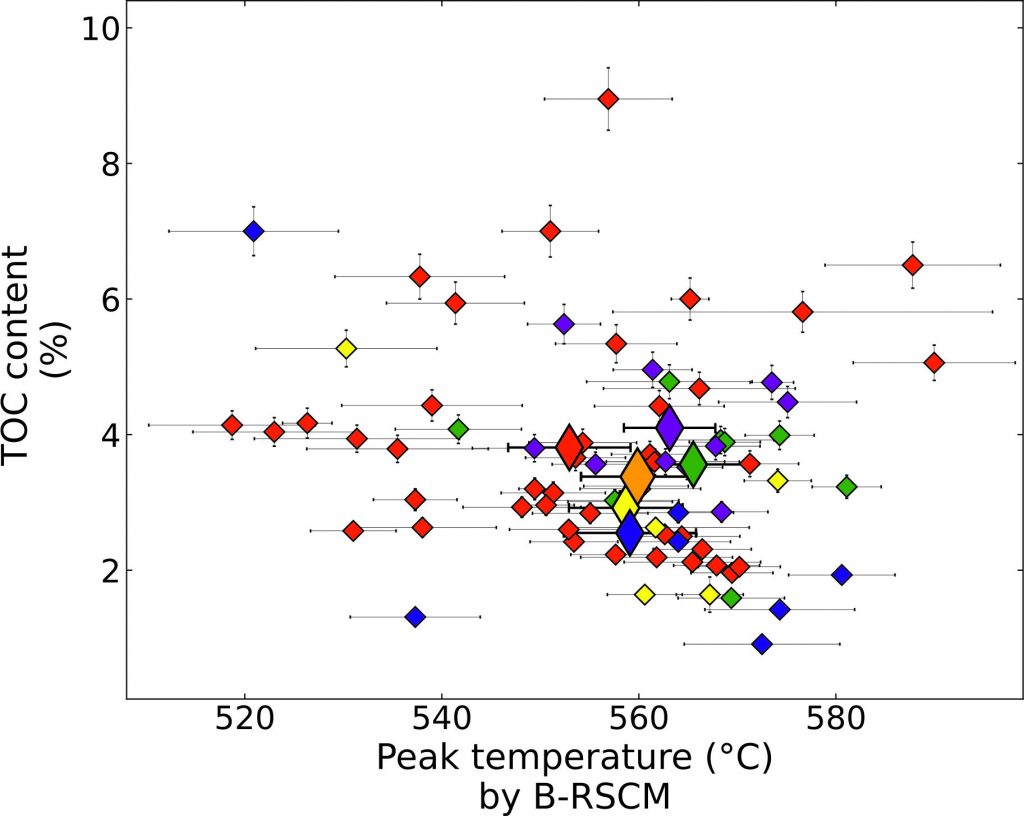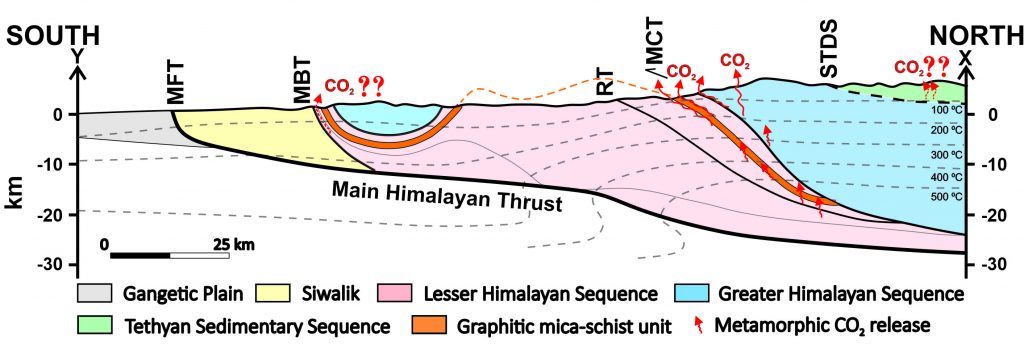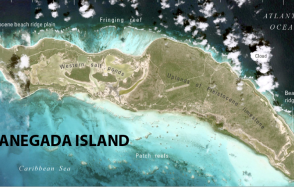Storage of carbon by the Himalaya: the importance of organic carbon unveiled
An international team, led by IPGP researchers, has looked into organic carbon stored as graphite in the Nepal Himalaya, whose importance as compared with well-known carbonates for the global carbon budget of the chain remains poorly understood. Studying this stored graphite is essential to better estimate the carbon sink/source duality of large orogens and its associated effects on Earth’s climate.
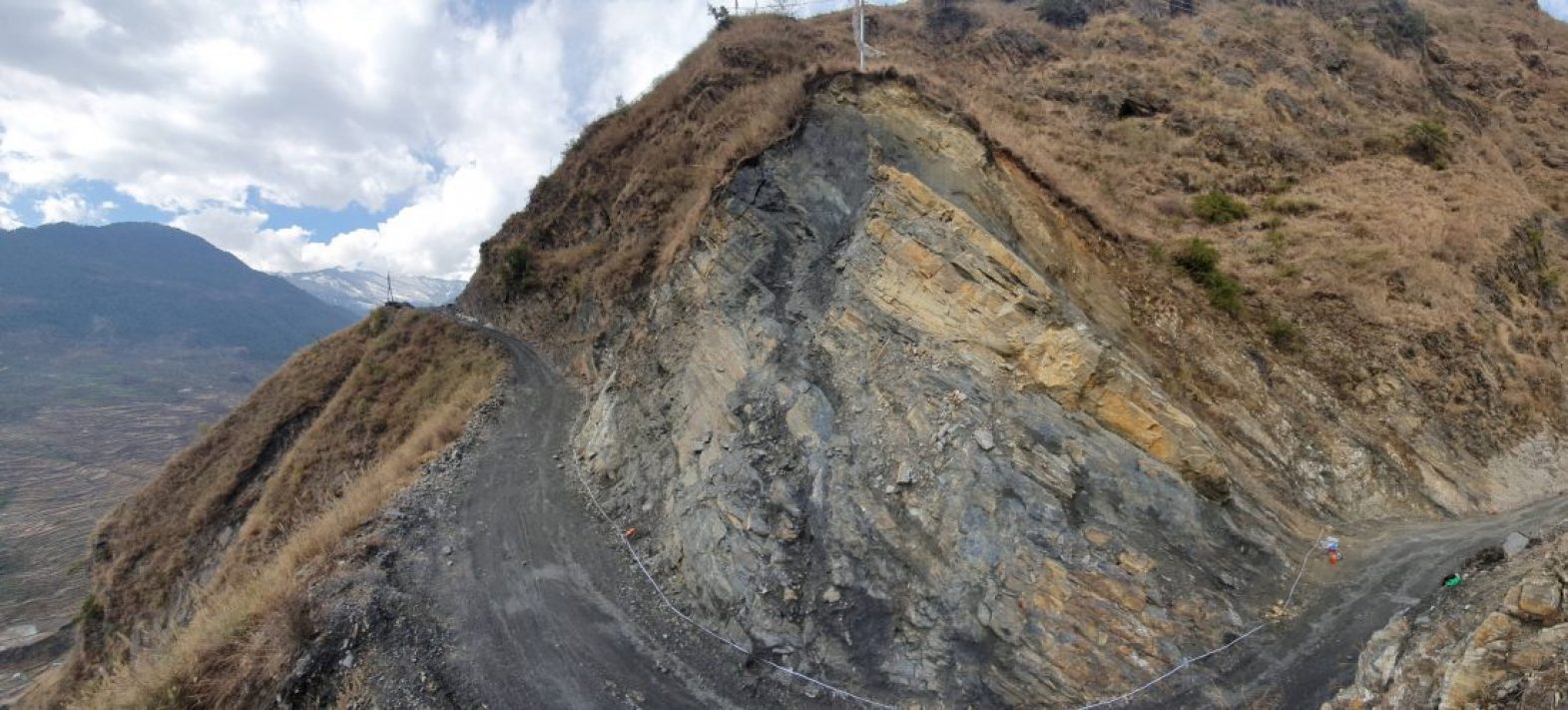
Graphitic black schist outcrop in the Nepal Himalaya.





